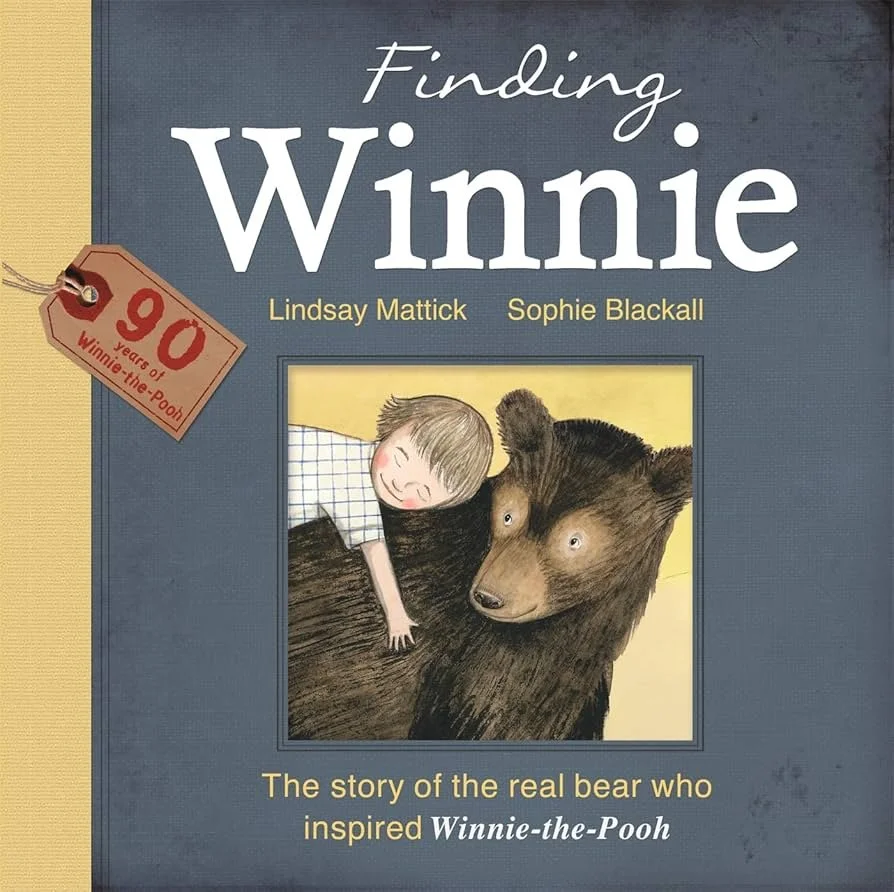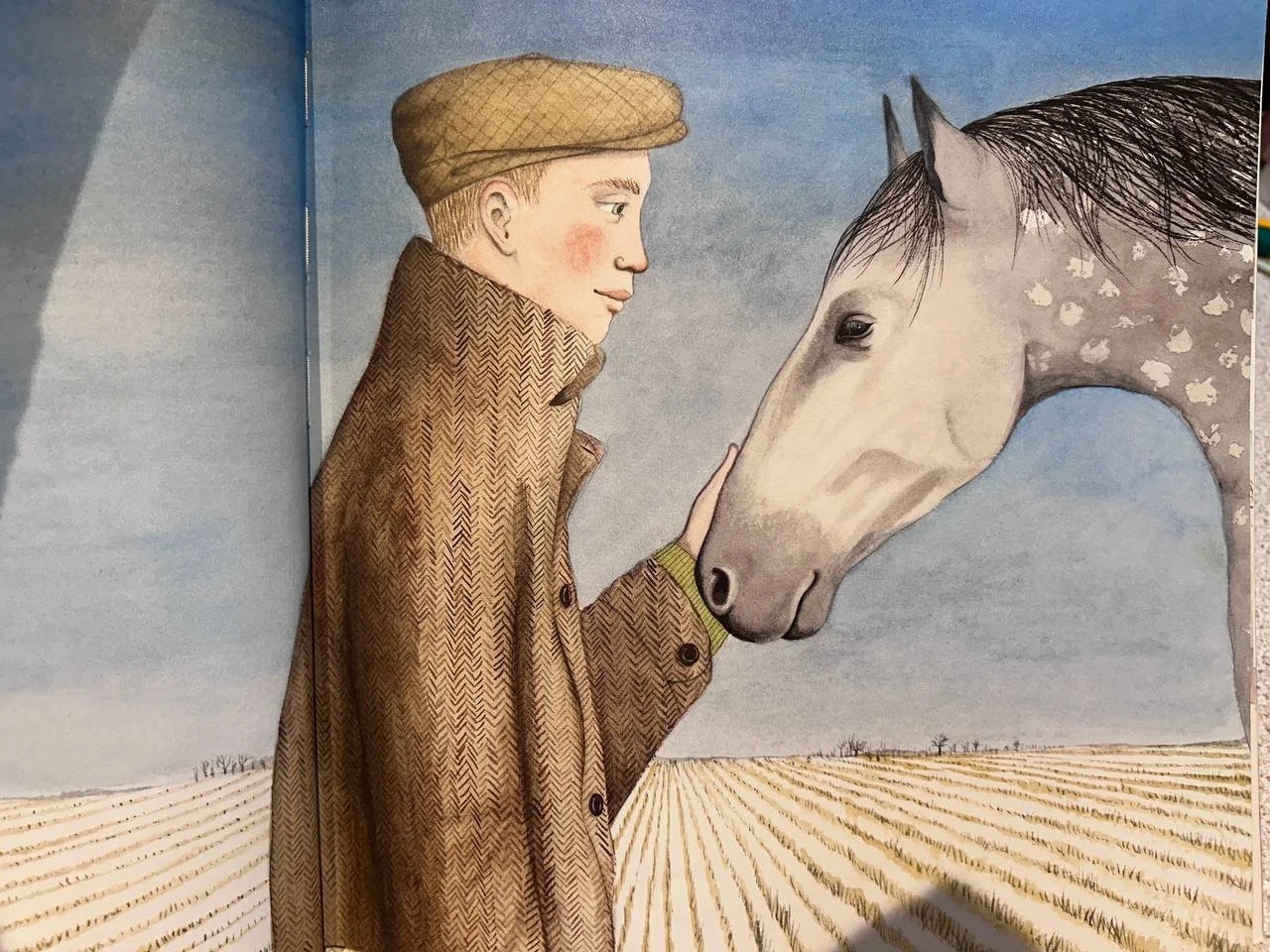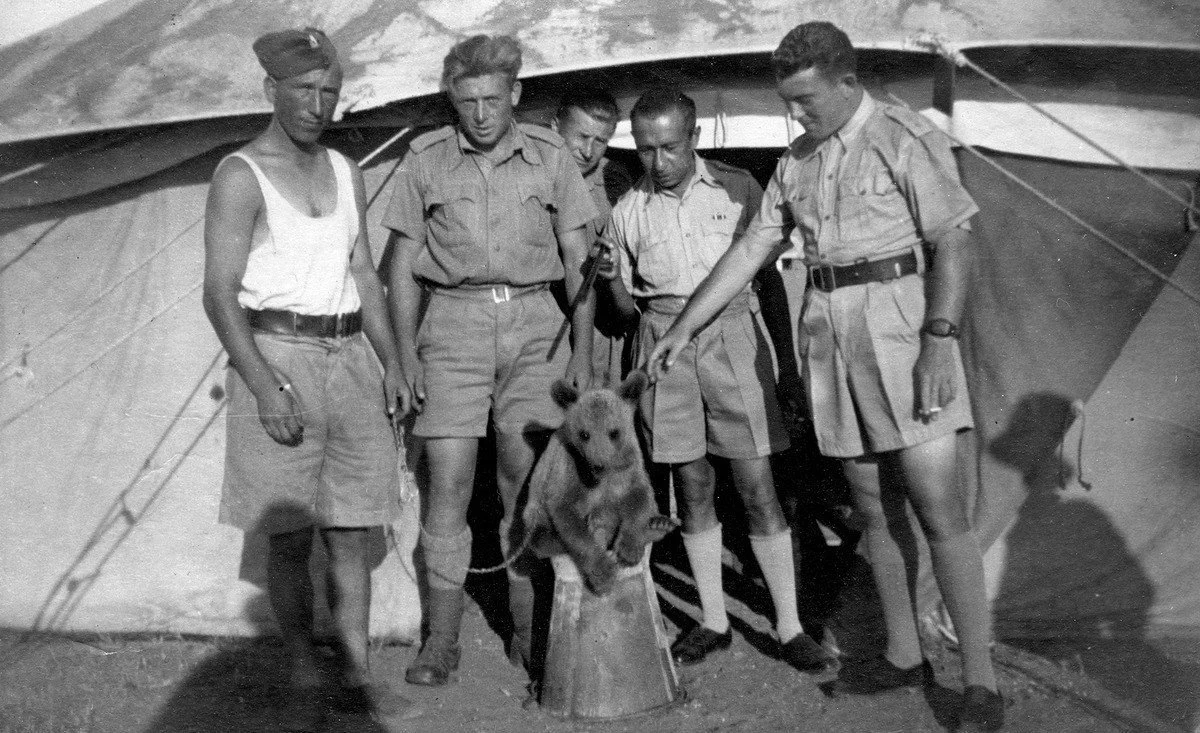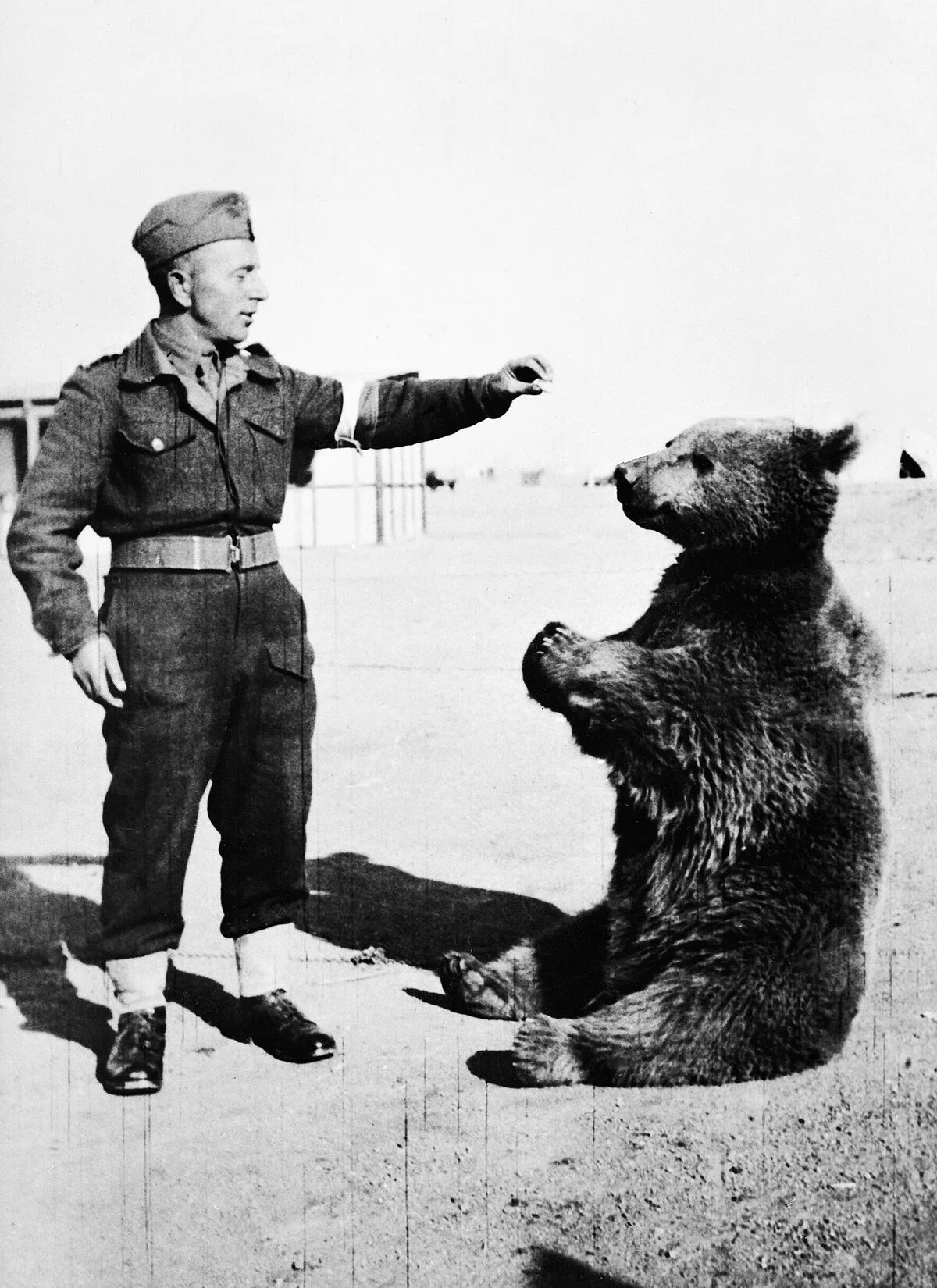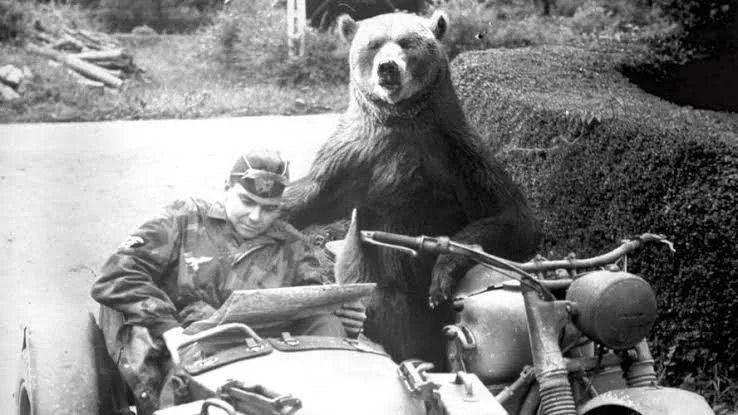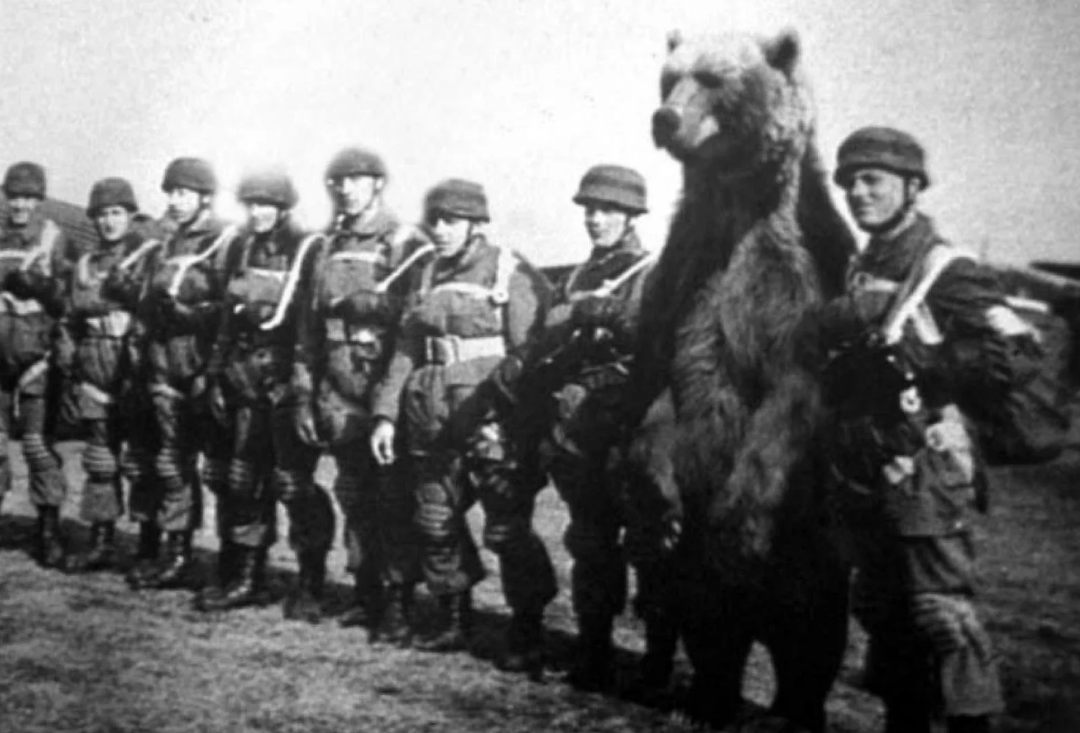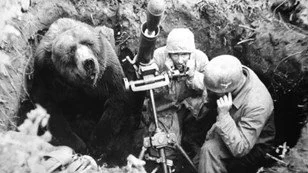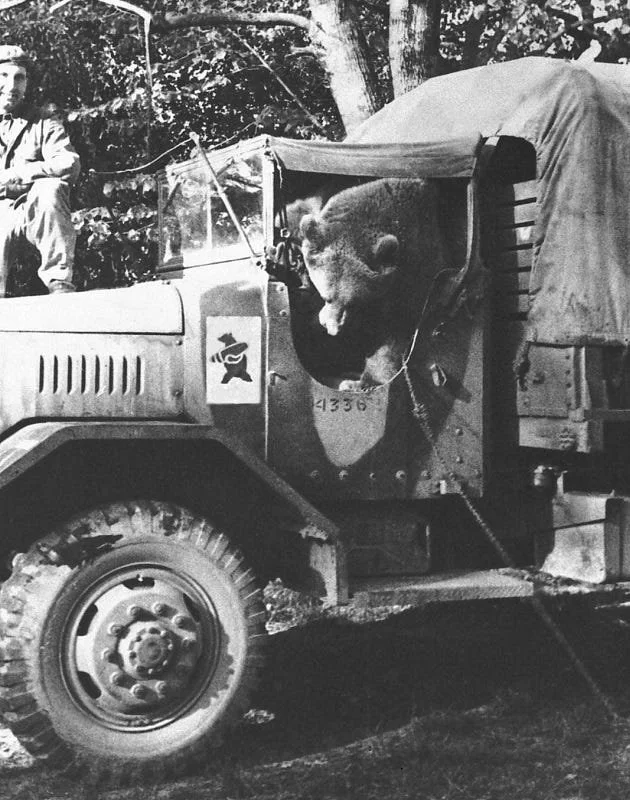
Finding Winnie
By Lindsay Mattick and Sophie Blackall
-
is a Canadian author.
-
is an Australian artist, author and illustrator based in the USA.
-
First published in the US by Little, Brown and Company in 2015
-
4-8
Before there was Winnie-the-Pooh, there was a real bear named Winnie.
When soldier Harry Colebourn sees a bear cub on a station platform, he knows he can’t leave her behind. But little does Harry expect that Winnie will go on to win not just his heart, but hearts all over the world, including those of a little boy named Christopher Robin Milne and his father.
We’ve read a few books written and illustrated by Sophie Blackall and although my area of expertise and my interests lie in decoding pictures and language, when reading her books we just want to enjoy the simple story and sweet emotions. Her books flow smoothly and you don’t want to stop. They page-turners and children want to know what happens next. I’d say they prefer listening to talking when we read Finding Winnie.
The illustrations evoke pleasant emotions and all them are quite bright and open. With some books, I need to prompt children to figure out what they feel and make sense of those feelings. Finding Winnie is just very clear. You know when you are supposed to laugh or feel sorry.
I decided not to read the book word by word and I chose to retell it rather. And our reading time was like the moment Cole and his mother shared. She along with me were telling the story and Cole along with my students were commenting on it and asking questions.
A veterinarian. It means an animal doctor.
I know that! That’s what I’m going to maybe be when I’m big.
This book is like a gentle History study book. It doesn’t overwhelm with facts and gross truth and it makes it easy to introduce the topic of World War I. We can see what people used to wear at the beginning of the 20th century, how they travelled. We can talk about bears and what they eat and soldiers and their daily routine. Why did the soldiers in the book ride horses? Why did they have to travel across the Atlantic Ocean on ships and not planes? Cameras, vehicles, biplanes, London and fashion - all those things have changed and don’t look the same anymore. The only thing in the book that probably hasn’t changed a great deal is Stonehenge.
So the book is full of little details that you might be interested in exploring deeper depending on where your students or children are from. They might not know anything about Stonehenge, for example.
The last pages of the book are historical photographs which worth looking into.
My older son gate crashed my lesson and heard about Winnie. He then told my students about Corporal Wojtek. During World War II, Polish army had an actual bear in its ranks. For his bravery in battle he was promoted to corporal. Originally, they wanted him to be a mascot but they were not allowed and so they had to formally enroll him as a private.
A a follow up, we read the book The Biggest Bear by Lynd Ward. They are quite similar stories but there’s a lot to compare. I’ve written about it and hope it makes sense.
